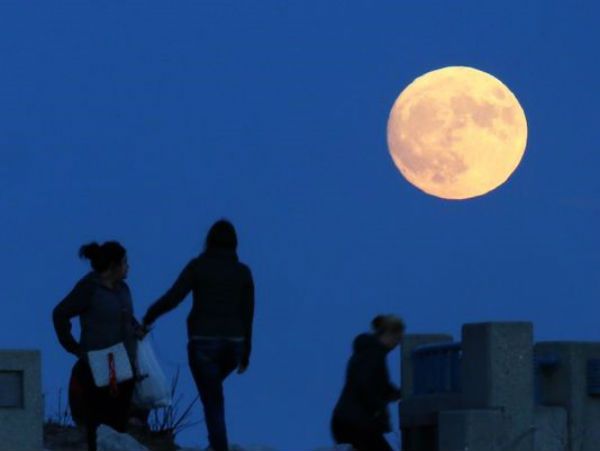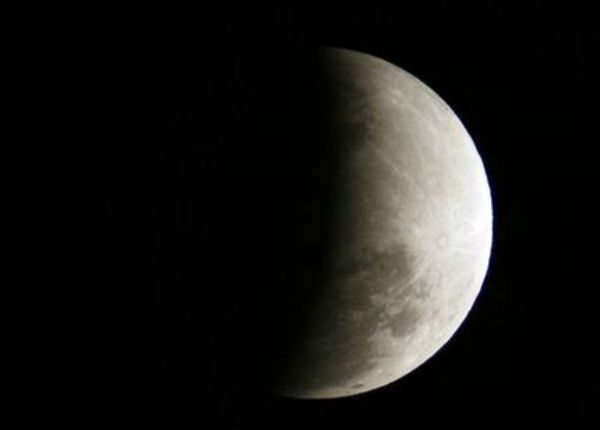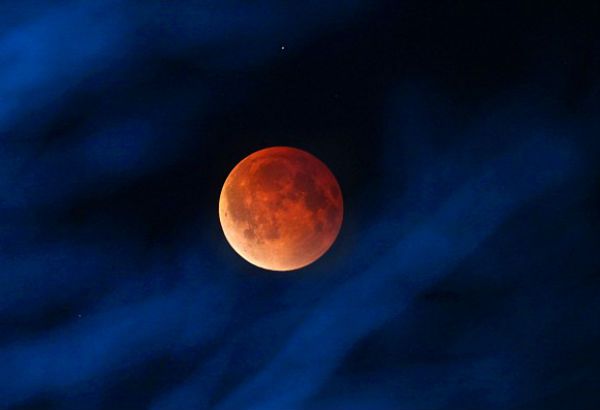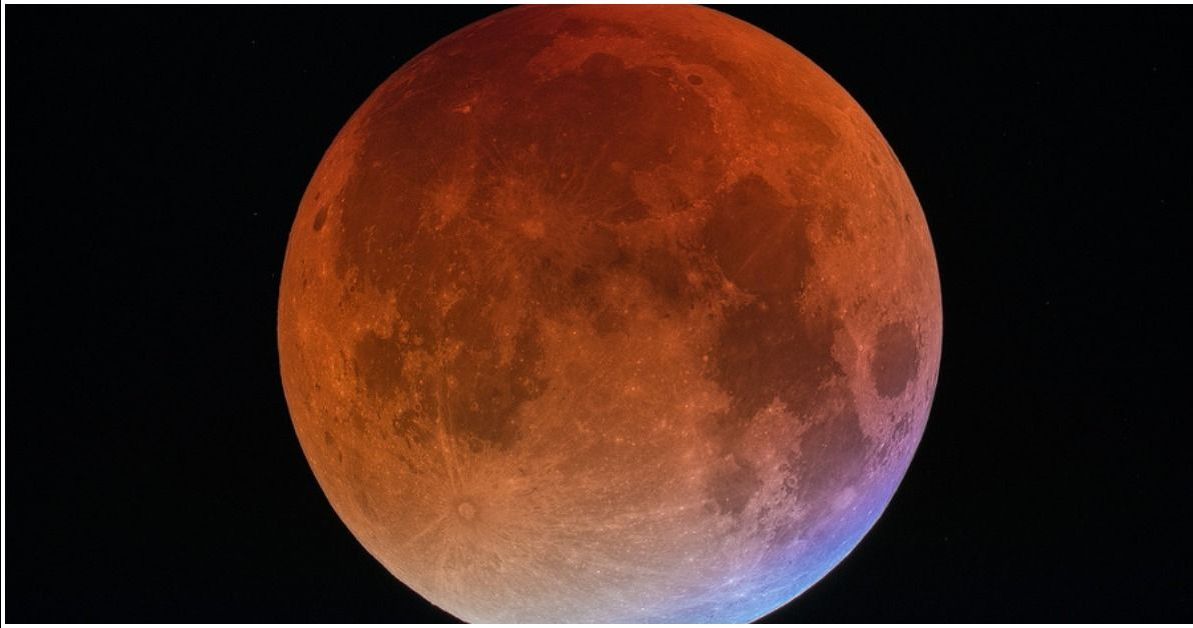After last year's solar eclipse made everyone in America stop and stare, we're about to be treated to another beautiful and rare celestial event.
Mark your calendar and set an early morning alarm for January 31, because it's going to be your only chance to see what NASA is calling the "super blue blood moon."

The rare combination of special conditions, which also includes a total lunar eclipse, is a true once-in-a-lifetime event. The last time a lunar eclipse during a blue moon was visible in America was 1866, just a year after the Civil War.
In case you're not sure what all of those rare lunar events mean, here's what you can expect:
A super moon is when the moon is at its closest point to Earth. Full moons during a super moon are 14% bigger and 30% brighter than full moons at their furthest point from Earth.
A blue moon is the second full moon in a single calendar month - no, it's not really blue. Blue moons usually happen once every 2 1/2 years, but 2018 will have a second blue moon in March.

A lunar eclipse is when the moon's orbit "hides it" behind the Earth, where it is blocked from direct sunlight and is covered by the Earth's shadow.
While partial eclipses happens twice a year, total eclipses like this upcoming one are much rarer.

A blood moon is named for the reddish color the moon takes when it passes through the Earth's shadow. Sunlight refracted through the Earth's atmosphere shines on it, creating a striking red effect.
If you want to see this incredible combination in person, you're in luck. Because everyone in America will have a chance to catch at least part of it.
While people across America will get to enjoy the brighter super moon, views of the total eclipse will be better on the West Coast.

Starting at about 5:51 A.M. ET, the moon will begin to pass through the Earth's shadow. While the East Coast will see the shadow begin to cover the moon, it will set before moon-watchers there can appreciate the total eclipse.
Viewers in the Midwest will have more to see, and the West Coast will enjoy almost the entire eclipse. That includes seeing the moon in the red glow when it passes into the full shadow.

If you're lucky enough to live in Hawaii or Alaska, you'll be able to see the eclipse's totality - the hour and 15 minutes when the moon is completely in the Earth's shadow - from start to finish.
You can see when the eclipse will begin in your time zone or other regions around the world here.
Don't miss this opportunity, because the next super moon lunar eclipse won't be until January 21, 2019, and you won't see the special blood moon that's on display this time. It won't be on a blue moon either.
I'm definitely going to watch this!

